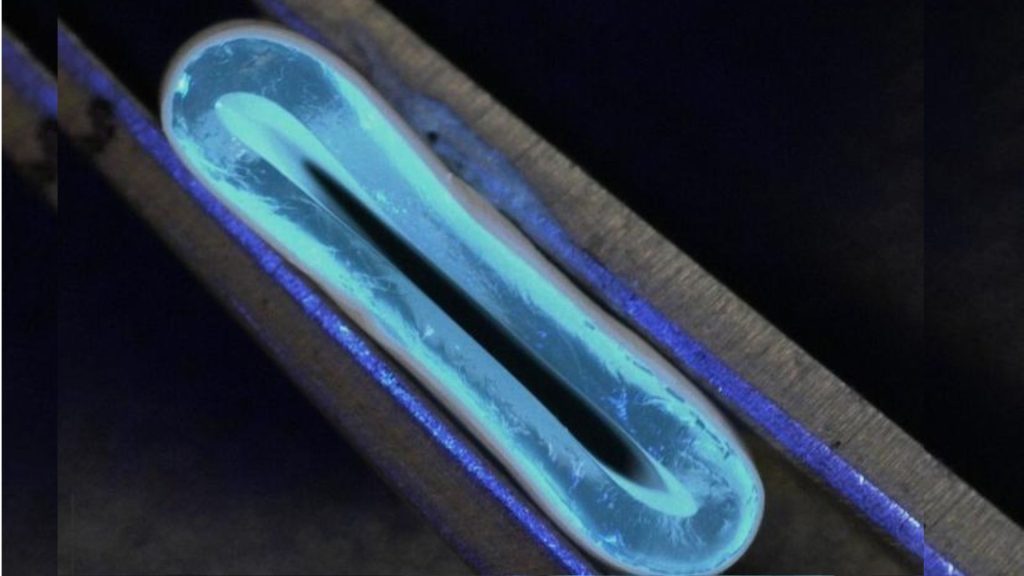In a groundbreaking development, researchers at the University of Edinburgh have succeeded in creating artificial blood vessels using 3D printing technology.
These innovative gel-like tubes closely resemble human veins and have the potential to revolutionize heart bypass surgery and improve outcomes for countless patients around the world, while reducing healthcare costs and improving access to life-saving procedures.
It may also lead to personalized medicine in cardiovascular care, enabling the development of customized vascular grafts that meet the needs of individual patients.
“The 3D implants can be made with diameters ranging from 1 to 40 mm thick to suit a wide range of applications, and their flexibility allows them to be easily integrated into the human body,” the press release said.
Dr Norbert Radati, lead researcher on the study, said the results addressed a long-standing challenge in the field of vascular tissue engineering – creating conduits with similar biomechanical properties to human veins.
“The vision of improved treatment options for patients with cardiovascular disease may become a reality,” Radachi said. Said.
Issues with existing cardiac bypass surgery
Heart bypass surgery is a common procedure performed to restore blood flow to the heart muscle when coronary arteries become blocked or narrowed.
Traditionally, the procedure involves harvesting veins from the patient’s own body, a process that can lead to complications such as scarring, pain and increased risk of infection. Additionally, tiny artificial blood vessels offer an alternative, but they are difficult to implant in the body and prone to failure.
However, these newly developed 3D Printing Vascular grafts offer a promising solution to these challenges: by providing a readily available, customizable alternative to harvested veins, the technology could eliminate the need for additional surgical sites on the patient’s body.
The increased integration potential of these vascular grafts may also lead to improved long-term outcomes for patients undergoing bypass surgery.
Two-step process
The research team achieved this milestone through a two-step process.
First, a 3D printer with a rotating spindle was used to create a water-based gelThese grafts were then reinforced by electrospinning, a technique that uses high voltage to apply an ultrathin coating of biodegradable polyester nanofibers.
The finished vascular graft has strength comparable to that of natural blood vessels, flexibility suggesting seamless integration into the human body, and can be manufactured in a range of sizes, from 1 to 40 mm in diameter, making it adaptable for a variety of applications in vascular surgery.
“Our hybrid technique opens up new and exciting possibilities for the fabrication of tubular constructs in tissue engineering,” said Dr. Faraz Fazal, lead author of the study.
Expanding possibilities and human experimentation
This research may also be useful in other areas of regenerative medicine, as complex biomimetic structures can be created through 3D printing and electrospinning.
Notably, in the next phase, the researchers plan to test the vascular graft in animal models: if the trials are successful and the results are promising, they will move on to testing the 3D-printed vascular graft in humans.
Such innovations are crucial, given that cardiovascular disease is now the leading cause of death worldwide.
About the Editor
Aman Tripathi An active and versatile journalist and news editor, he has covered regular and breaking news for many leading publications and news outlets including The Hindu, Economic Times, Tomorrow Makers etc. Aman has expertise in politics, travel and technology news, especially AI, advanced algorithms and blockchain, with an intense curiosity for all things science and technology.


